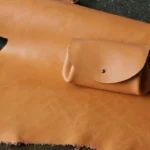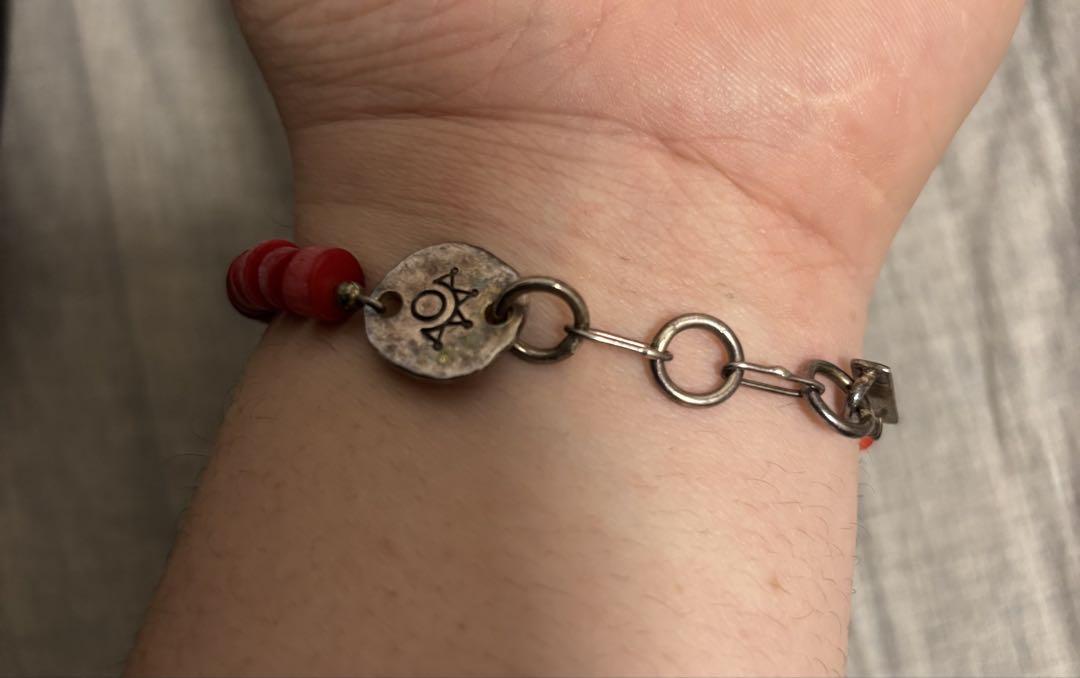Sewing is both a craft and a science, combining Nahttypen creativity with precision. One of the most fundamental elements of sewing is the seam, known in German as Naht. A seam is more than just a line of stitches holding fabric together—it determines durability, flexibility, and the overall appearance of a garment or textile project. The different Nahttypen (types of seams) serve various purposes depending on fabric, function, and design.
In this article, we will explore what Nahttypen are, their significance, the most common types, and how to choose the right seam for your sewing projects.
What Are Nahttypen?
The term Nahttypen refers to the different types of seams used in sewing. Each seam type is designed for a specific function—some are strong and durable, others are decorative, and some are meant to prevent fraying or to provide elasticity. Understanding Nahttypen helps both beginners and professionals create garments and textiles that are not only beautiful but also long-lasting.
Why Are Nahttypen Important?
Choosing the correct seam type is crucial for several reasons:
- Durability – A well-chosen seam ensures that the fabric withstands wear and tear.
- Aesthetics – Seams contribute to the look of a garment, whether hidden, visible, or decorative.
- Functionality – Different fabrics require different seams (e.g., stretchy fabrics need elastic seams).
- Comfort – The seam type affects how the garment feels against the skin.
- Prevention of Fraying – Certain seam types protect fabric edges from unraveling.
Whether sewing a delicate silk blouse or a rugged pair of jeans, understanding seam types makes a huge difference.
The Main Categories of Nahttypen
Nahttypen can be grouped into several categories, depending on their purpose:
- Basic seams – For simple joining of fabric pieces.
- Finishing seams – To prevent fraying and give a clean look.
- Elastic seams – Designed for stretch fabrics like jersey.
- Decorative seams – For embellishment and style.
- Specialized seams – For heavy-duty or technical sewing (e.g., upholstery, outdoor gear).
Let’s take a closer look at the most common seam types.
Common Nahttypen and Their Uses
1. Geradstichnaht (Straight Stitch Seam)
- Description: The most basic seam, using a straight line of stitches.
- Use: Ideal for non-stretch fabrics such as cotton or linen.
- Strengths: Easy to sew, versatile.
- Weaknesses: Not suitable for stretchy materials, as it may break under tension.
2. Zickzacknaht (Zigzag Seam)
- Description: Stitches run in a zigzag pattern instead of straight lines.
- Use: Perfect for stretch fabrics and edge finishing.
- Strengths: Flexible, prevents fraying.
- Weaknesses: Less neat-looking compared to straight seams.
3. Overlocknaht (Overlock Seam)
- Description: Made with an overlock machine that trims the fabric while stitching.
- Use: Common in professional garment manufacturing.
- Strengths: Strong, clean, and prevents fraying.
- Weaknesses: Requires a special machine.
4. Kappnaht (Flat-Felled Seam)
- Description: Two layers of fabric are stitched together, then folded and stitched again.
- Use: Seen in jeans and durable garments.
- Strengths: Extremely strong, prevents fraying, neat inside and out.
- Weaknesses: Requires more time and fabric.
5. Französische Naht (French Seam)
- Description: A seam with raw edges enclosed within a second seam.
- Use: Ideal for delicate fabrics like silk or chiffon.
- Strengths: Clean, elegant finish; hides raw edges.
- Weaknesses: Takes longer to sew, not suited for thick fabrics.
6. Sicherheitsnaht (Safety Seam)
- Description: A combination of a straight stitch and a zigzag or overlock.
- Use: Provides extra durability for seams under stress.
- Strengths: Prevents seam splitting.
- Weaknesses: Bulkier than other seam types.
7. Blindstichnaht (Blind Hem Stitch)
- Description: Almost invisible stitches used to hem garments.
- Use: Common in skirts, trousers, and dresses.
- Strengths: Invisible from the outside.
- Weaknesses: Requires precision; may unravel if not done correctly.
8. Elastische Naht (Stretch Stitch Seam)
- Description: A seam that allows the fabric to stretch without breaking.
- Use: Essential for sportswear, underwear, and knit fabrics.
- Strengths: Flexible and durable.
- Weaknesses: Not always aesthetically pleasing.
9. Dekornaht (Decorative Seam)
- Description: Seams sewn for visual appeal, often with colorful or thick threads.
- Use: Embellishment in fashion and home textiles.
- Strengths: Adds artistic flair.
- Weaknesses: Usually not strong enough to replace functional seams.
How to Choose the Right Nahttyp
Selecting the right seam depends on several factors:
- Fabric Type: Stretchy fabrics require elastic seams; delicate fabrics need neat, enclosed seams.
- Garment Function: Everyday wear needs strong seams; formal wear may prioritize elegance.
- Aesthetic Goals: Decorative seams can add beauty, while invisible seams provide subtlety.
- Available Equipment: Some seams require special machines like an overlock or coverstitch.
- Durability Needs: Heavy-duty garments like jeans or workwear need reinforced seams.
Tips for Perfect Seams
- Always press seams with an iron for a professional finish.
- Use the right thread and needle for your fabric type.
- Practice seam types on fabric scraps before sewing the final garment.
- For beginners, start with straight and zigzag seams before moving to advanced types.
- Invest in an overlock machine if you plan to sew frequently with stretch fabrics.
The Evolution of Nahttypen
Historically, seams were hand-sewn, and seam types were limited to basic stitches. With the invention of the sewing machine in the 19th century, seam types expanded significantly. Today, modern technology like computerized sewing machines and industrial overlockers has revolutionized seam-making, allowing for faster, stronger, and more decorative stitching.
Conclusion
Nahttypen are the backbone of sewing, transforming fabric into functional and stylish garments. From simple straight stitches to intricate French seams, each seam type has its own purpose and beauty. By mastering different Nahttypen, sewists can elevate their craft, ensuring that every piece they create is durable, comfortable, and visually appealing.










